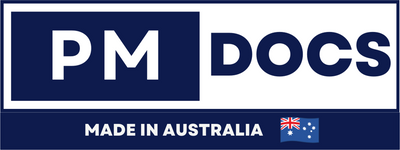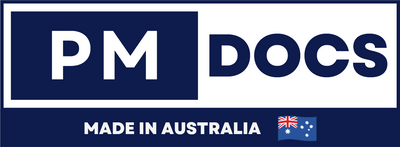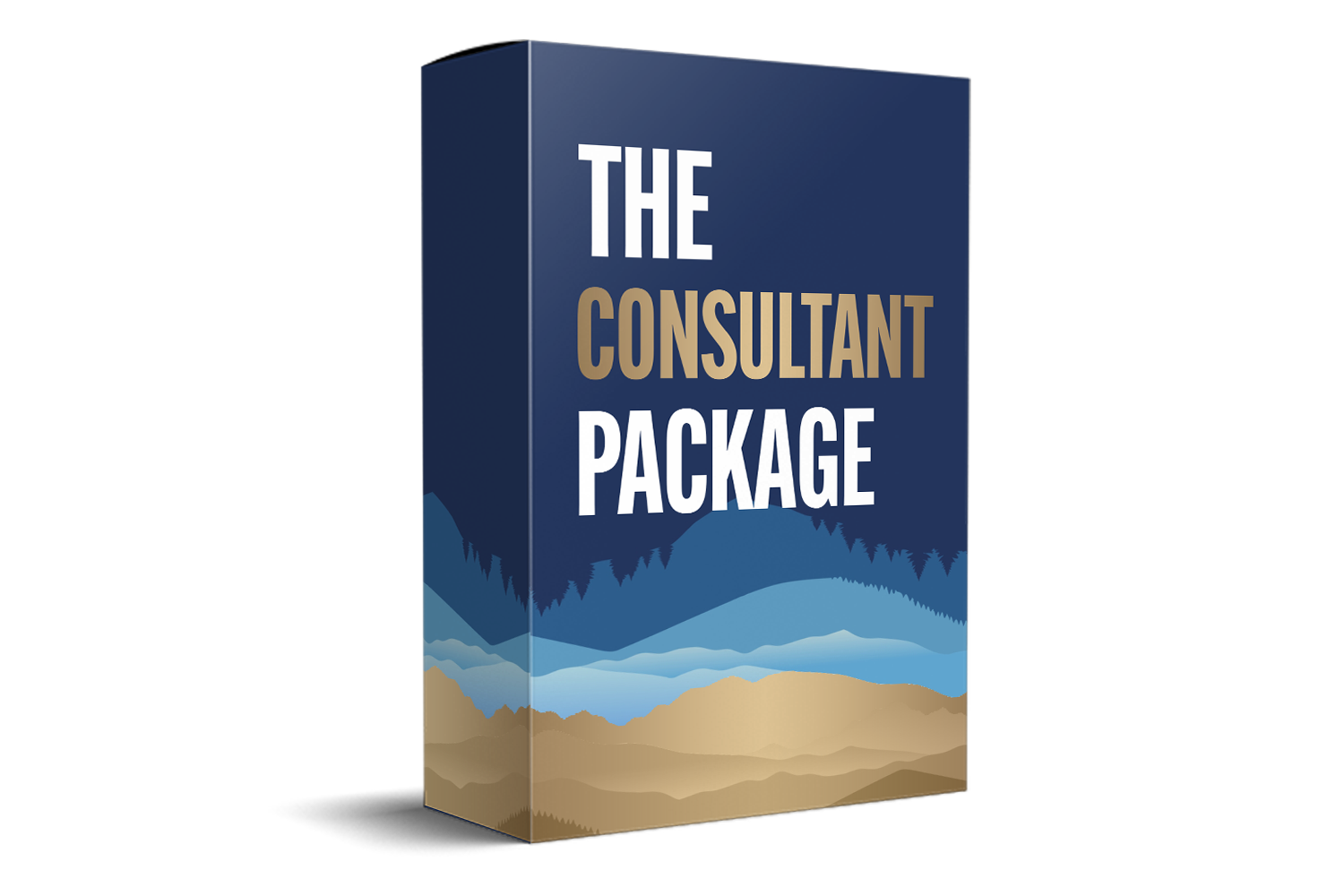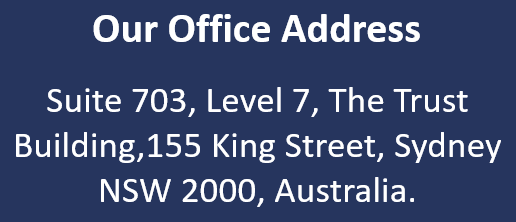Step-By-Step Guide To SOC 2 Compliance For Australian SaaS Firms
Introduction
In today's digital world, data security and privacy are top priorities for businesses, especially Software as a Service (SaaS) companies. As customers demand more transparency and accountability, it’s crucial for Australian SaaS companies to ensure they meet high standards of data protection. One way to achieve this is through SOC 2 compliance. But what exactly is SOC 2, and why is it important for your business? SOC 2, short for System and Organization Controls 2, is a framework that sets standards for managing customer data based on five trust service principles: security, availability, processing integrity, confidentiality, and privacy. Developed by the American Institute of Certified Public Accountants (AICPA), SOC 2 compliance is crucial for SaaS companies that handle sensitive customer information.

Why SOC 2 Compliance Matters For Australian SaaS Companies?
1. Building Trust with Customers
For SaaS companies, customer trust is everything. Customers need to know that their data is safe and that your business is committed to protecting their privacy. SOC 2 compliance demonstrates your dedication to these values by showing that you meet rigorous standards for data security and privacy.
2. Competitive Advantage
As the SaaS market becomes increasingly competitive, SOC 2 compliance can set your company apart. When potential customers compare service providers, those with SOC 2 certification often have an edge because the certification provides assurance of strong data protection practices.
3. Regulatory Compliance
While SOC 2 is not a legal requirement in Australia, it aligns well with other local and international data protection regulations, such as the Australian Privacy Principles (APPs) and the General Data Protection Regulation (GDPR) in Europe. Achieving SOC 2 compliance can help ensure your company meets these and other data protection requirements, reducing the risk of penalties.
Steps To Achieve SOC 2 Compliance
1. Understand the Trust Service Principles
Before you start the compliance process, familiarize yourself with the five trust service principles:
-
Security: Protecting data against unauthorized access.
-
Availability: Ensuring systems are available for operation and use.
-
Processing Integrity: Ensuring system processing is complete, valid, accurate, and timely.
-
Confidentiality: Protecting information designated as confidential.
-
Privacy: Handling personal information appropriately.
These principles form the foundation of SOC 2 compliance and will guide your efforts.
2. Conduct a Readiness Assessment
A readiness assessment helps identify gaps in your current security practices and prepares your company for the SOC 2 audit. This assessment involves reviewing your policies, procedures, and controls to ensure they align with SOC 2 requirements.
3. Implement Necessary Controls
Based on the findings from your readiness assessment, implement the necessary controls to address any gaps. This may involve updating your security policies, training staff, or investing in new technologies to enhance data protection.
4. Conduct an Internal Audit
Before undergoing the official SOC 2 audit, perform an internal audit to ensure your controls are effective and operating as intended. This step helps identify any lingering issues and gives you the opportunity to address them before the external audit.
5. Hire a SOC 2 Auditor
Once you’ve completed your internal audit and are confident in your controls, hire a certified SOC 2 auditor to conduct the official audit. The auditor will review your controls and issue a report detailing your compliance with SOC 2 standards.
6. Maintain Compliance
Achieving SOC 2 compliance is not a one-time event. It requires ongoing effort to maintain your controls and stay up-to-date with changes in data protection practices. Regularly review and update your controls to ensure continued compliance.
Common Challenges In Achieving SOC 2 Compliance
1. Cost and Resources
Achieving SOC 2 compliance can be costly and resource-intensive, especially for small and medium-sized businesses. The process involves hiring auditors, implementing new controls, and dedicating staff time to compliance efforts.
2. Keeping Up with Changes
The world of data protection is constantly evolving, and staying up-to-date with the latest best practices can be challenging. Regular training and updates to your policies and procedures are essential to maintaining compliance.
3. Complexity of Controls
SOC 2 compliance requires a deep understanding of complex controls and processes. It may be helpful to work with a consultant or service provider who specializes in SOC 2 compliance to navigate these complexities.
Conclusion
SOC 2 compliance is a vital component of data protection for Australian SaaS companies. It not only helps build trust with customers but also provides a competitive advantage in the market. By following the steps outlined above and addressing common challenges, your company can achieve and maintain SOC 2 compliance, ensuring the highest standards of data security and privacy. Remember, SOC 2 compliance is an ongoing journey. Stay proactive, keep your controls up-to-date, and continuously strive to improve your data protection practices. This commitment will serve your company well in the long run, both in terms of customer satisfaction and business success.




